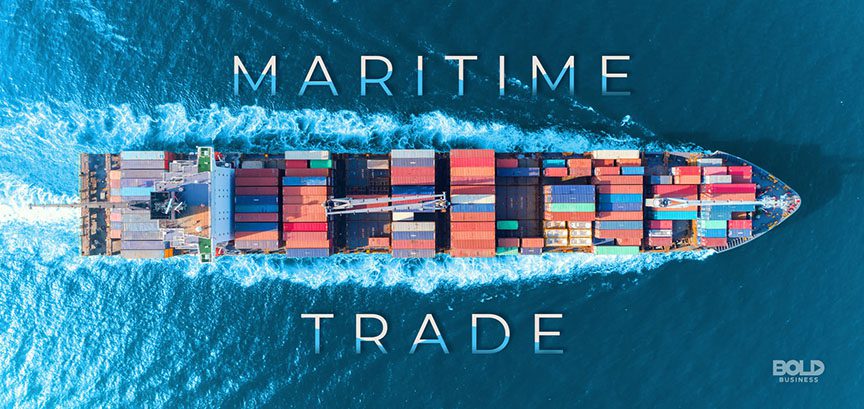In his first interview as CEO of Norden, Jan Rindbo discusses several of his ideas for the company’s new business plan. One possibility is a farewell to large ship types, he tells WPO.

In order to streamline the company and increase efficiency, Norden looks set to shift away from the role of a dry bulk shipping company that operates with both small and large ships in its fleet.
The rationale is that it is too expensive to have such a wide range of ships, as offering different segments means that Norden usually ends up in dialog with different departments and employees within the same customer company. Presently, the cost of the five ship types in the bulk fleet is also disproportionately high.
Try a free 40-day trial subscription to WPO
In an interview with WPO that will be published later today, in which Norden’s new CEO outlines elements in the company’s new business plan, one of the key points under consideration is a reduction in the number of ship types. While the business plan will be adopted before the new year, the company’s employees presently have the opportunity to offer input. He projects a more slender and simple carrier going forward, although not in a way that will bring about staff reductions.
“We currently transport dry bulk cargo within all five segments. But we can be dealing with very different types of customers in, for instance, Handysize or Capesize. If we count the tanker vessels, we have eight segments, and we might not be investing in that many segments going forward,” Rindbo tells WPO.
Besides the CEO’s goal to simplify the company, also at an organizational level, a narrow focus will help mitigate the market downturn caused by lower economic growth in China.
Try a free 40-day trial subscription to WPO
“We must get used to the lower growth rates in China and adapt the demand and supply of ships to this situation. The large ship types are hit especially hard, and this will shape our considerations as to where we should focus our efforts,” says Rindbo, who in the beginning of August was able to present a surprisingly positive half-year result.
The arrow points to Capesize
Right now, the 41-year-old CEO and former COO of Pacific Basin is keeping an eye on the development of Chinese steel production, as this commodity has a decisive influence on the dry bulk market, where coal imports have decreased significantly, and many observers believe that the import will not return to the former high levels. Rindbo points to the large workhorses, the Capesize vessels, as the segment most likely to not be included in future orderbooks. “From the perspective of Norden’s organization, Capesize is not where we create the most value,” he says.
In contrast, there carrier has no plans to change the composition of its tanker fleet, as the company, in Rindbo’s own words, is in a “sensible position.”
Try a free 40-day trial subscription to WPO
Norden has a total of 218 dry bulk ships, both owned and chartered. Three of the ships are Capesizes, which are all wholly or partly owned by the company. The carrier also has one Capesize on the way, which will soon be built for an expected delivery in 2019. The company’s tanker fleet counts 41 vessels.
When Norden published its half-year results in the middle of August, the report showed a surplus of USD 82 million, up from a USD 68 million deficit in the same period last year. Simultaneously, projections for the entire year were upgraded to USD 70-100 million from previously USD 50 – 90 million.
Star Bulk divests and plunges into deficit
Fredriksen’s bulk takes giant deficit in first half of 2015
Maersk Tankers eyes strong market throughout 2015
Alphaliner: Significantly more idle ships in coming weeks





